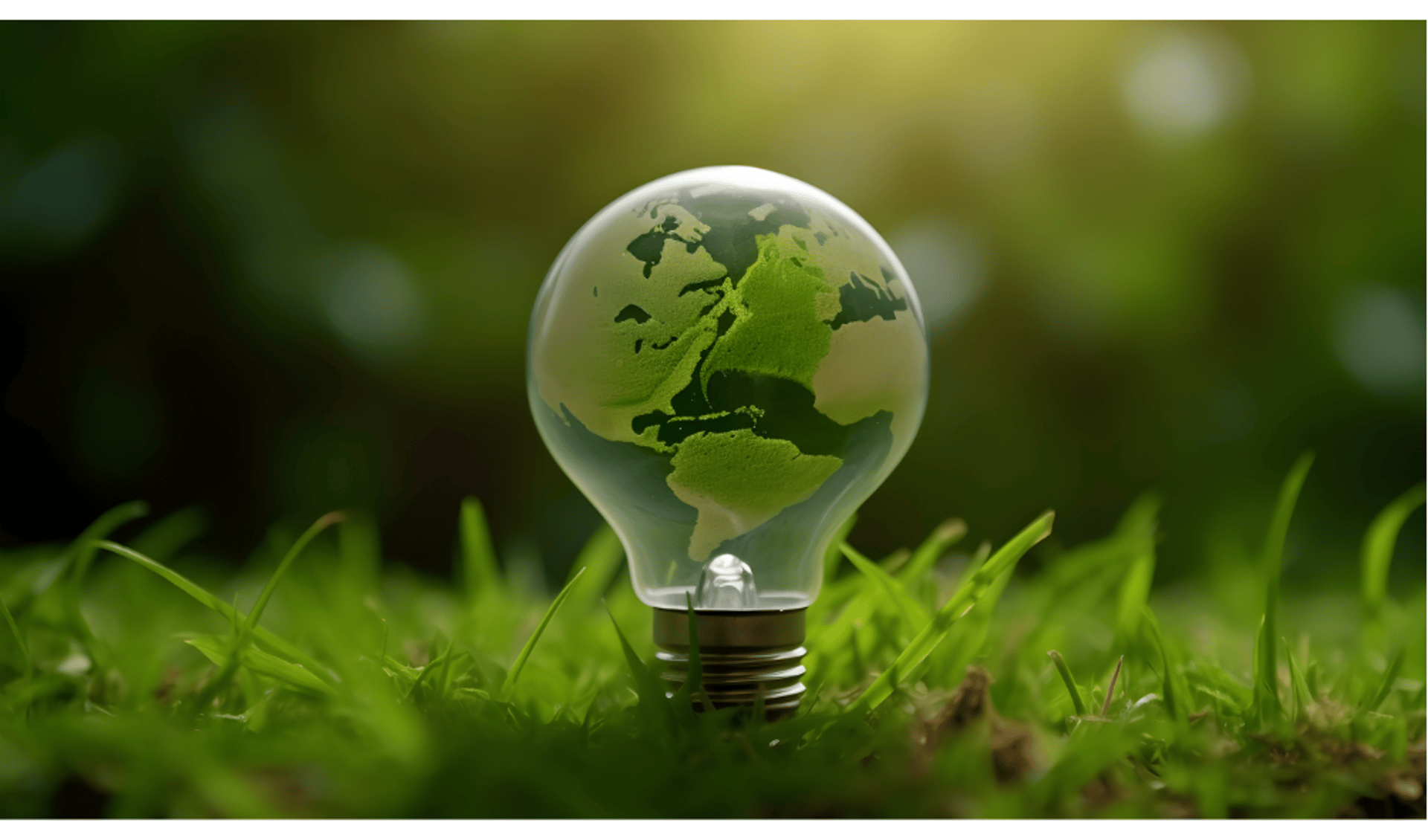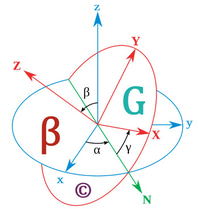Green Data Centers: Building a Sustainable Future for Technology
As the world becomes increasingly digital, the demand for data centers continues to grow. These facilities power everything from social media platforms to cloud computing services, but they also consume vast amounts of energy. In fact, data centers account for approximately 1-2% of global electricity consumption, a figure that’s expected to rise as digital transformation accelerates. In response to growing environmental concerns, the tech industry is embracing a new paradigm: green data centers. These facilities are designed to minimize their environmental impact while maintaining the performance and reliability we’ve come to expect. In this blog, we’ll explore what green data centers are, why they matter, and how they’re shaping the future of technology.
ELECTRICAL ENGINEERINGSUSTAINABILITYENERGY
Engr. Benjamin V. Gonzales Jr.
4/7/20252 min read
What Are Green Data Centers?
Green data centers are facilities that prioritize energy efficiency, sustainability, and environmental responsibility. They achieve this through a combination of innovative design, advanced technologies, and renewable energy sources. The goal is to reduce carbon emissions, lower energy consumption, and minimize waste without compromising performance.
Why Green Data Centers Matter
The environmental impact of traditional data centers is significant. They consume massive amounts of electricity, generate heat that requires energy-intensive cooling systems, and contribute to carbon emissions. Green data centers address these issues by:
Reducing Carbon Footprints: By using renewable energy sources like solar, wind, and hydropower, green data centers significantly cut greenhouse gas emissions.
Lowering Operational Costs: Energy-efficient technologies reduce electricity consumption, leading to cost savings for operators.
Meeting Regulatory Requirements: Governments and organizations worldwide are implementing stricter environmental regulations. Green data centers help businesses stay compliant.
Enhancing Brand Reputation: Consumers and investors are increasingly prioritizing sustainability. Green data centers demonstrate a commitment to environmental responsibility, boosting brand image.
Key Features of Green Data Centers
Green data centers incorporate a variety of strategies and technologies to achieve sustainability. Here are some of the most common features:
Renewable Energy Sources
Many green data centers are powered entirely or partially by renewable energy. For example, Google has committed to operating on 24/7 carbon-free energy by 2030, while Amazon Web Services (AWS) aims to power its operations with 100% renewable energy by 2025.Energy-Efficient Hardware
Servers, storage devices, and networking equipment are designed to consume less power while delivering high performance. Technologies like solid-state drives (SSDs) and advanced processors play a key role.Advanced Cooling Systems
Cooling accounts for a significant portion of a data center’s energy use. Green data centers employ innovative cooling solutions, such as:Liquid Cooling: Uses water or other liquids to dissipate heat more efficiently than air.
Free Cooling: Leverages outside air or water to cool facilities, reducing the need for mechanical cooling.
AI-Driven Cooling: Uses machine learning to optimize cooling systems in real-time.
Modular Design
Modular data centers are built in prefabricated units that can be easily expanded or reconfigured. This approach reduces construction waste and allows for more efficient use of space and resources.Waste Heat Recycling
Some green data centers capture and repurpose waste heat for other purposes, such as heating nearby buildings or generating additional electricity.Sustainable Building Materials
Green data centers often use eco-friendly materials in their construction, such as recycled steel, low-emission concrete, and energy-efficient insulation.
Challenges in Building Green Data Centers
While the benefits of green data centers are clear, there are challenges to their widespread adoption:
High Initial Costs: Implementing green technologies can require significant upfront investment.
Technological Limitations: Some renewable energy sources, like solar and wind, are intermittent and may not provide consistent power.
Geographic Constraints: The availability of renewable energy and cooling resources varies by location, limiting where green data centers can be built.
The Future of Green Data Centers
The push for sustainability is driving innovation in the data center industry. Here are some trends to watch:
Carbon-Neutral Data Centers: More companies are committing to achieving carbon neutrality by offsetting emissions through renewable energy projects and carbon credits.
Edge Computing: Smaller, localized data centers can reduce energy consumption by processing data closer to the source.
Circular Economy: Data centers are exploring ways to reuse and recycle hardware, reducing electronic waste.
Policy Support: Governments are offering incentives for green data center initiatives, accelerating their adoption.
Conclusion
Green data centers represent a critical step toward a more sustainable future for technology. By prioritizing energy efficiency, renewable energy, and environmental responsibility, these facilities are proving that it’s possible to meet the growing demand for digital services without compromising the health of our planet.
As businesses and consumers alike become more environmentally conscious, green data centers will play an increasingly important role in shaping the digital landscape. The question is no longer whether we can build sustainable data centers—it’s how quickly we can make them the standard.





